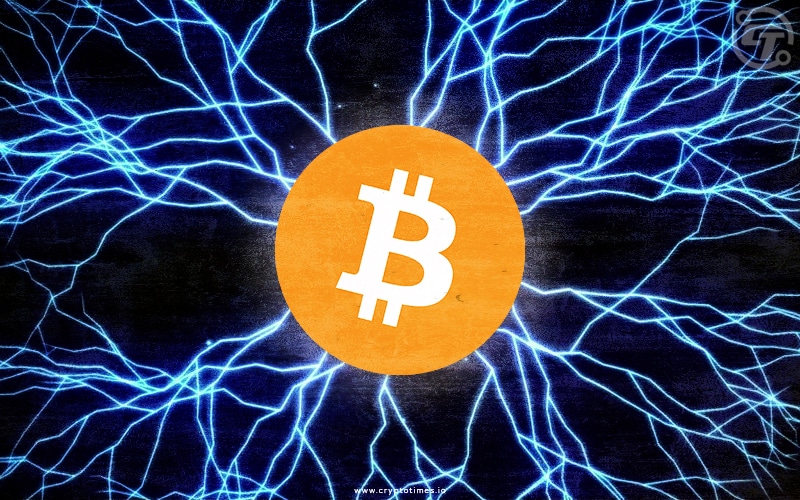In Brief:
- The nodes count with active channels on Lightning Network increased by 23%
- The number of nodes surged within 3 months, adding over 3,500 new nodes
The Bitcoin Lightning Network – a layer 2 blockchain-backed payment protocol, continues to grow amid increasing asset adoption from both institutional and retail investors. As per the data provided by Bitcoin Visuals, in just three months, the nodes count with active channels on Bitcoin’s Lightning Network (LN) has increased by 23%, with over 3,500 new nodes added. The exact figures between September 3 and December 3 are 23.13% surge and 3,534 new nodes.
Despite Bitcoin witnessing mixed price movement, the number of nodes has remained rather stable over the period. Within the past three months, the first cryptocurrency has hit a record price of over $67,000, coupled with significant volatility.
The surge indicates the network is growing stronger with more nodes and more channels. Via a lightning node transactions are made across channels, the balance is reflected without broadcasting it on-chain. The growth in nodes also suggests that the Lightning Network’s popularity has surged in 2021.
Notably, as the number of nodes continues to grow, a solution to Bitcoin’s scalability challenge is required. Also, the asset’s base layer is limited to around seven transactions per second, which needs to be improved. The asset’s stability challenge has been viewed as a barrier to its widespread adoption.
The spike in nodes on the network is a good sign, as it increases its capacity for more transactions. For instance, as the number of nodes increases, Bitcoin becomes more ready for network transactions.
Furthermore, the addition of nodes points to better Bitcoin prospects considering its growing recognition worldwide. Two days ago, El Salvador grabbed headlines when it bought a dip and purchased 150 Bitcoins, raising the Bitcoin collection to 1.270 Bitcoins, worth nearly $60.3 million.
Although Bitcoin is often regarded as a store of value, the Lightning Network may provide the asset with greater credibility in the payment area. The goal is to make the network more secure, efficient, reliable, and easy to use. Consequently, increasing nodes is a step towards realizing this goal.






